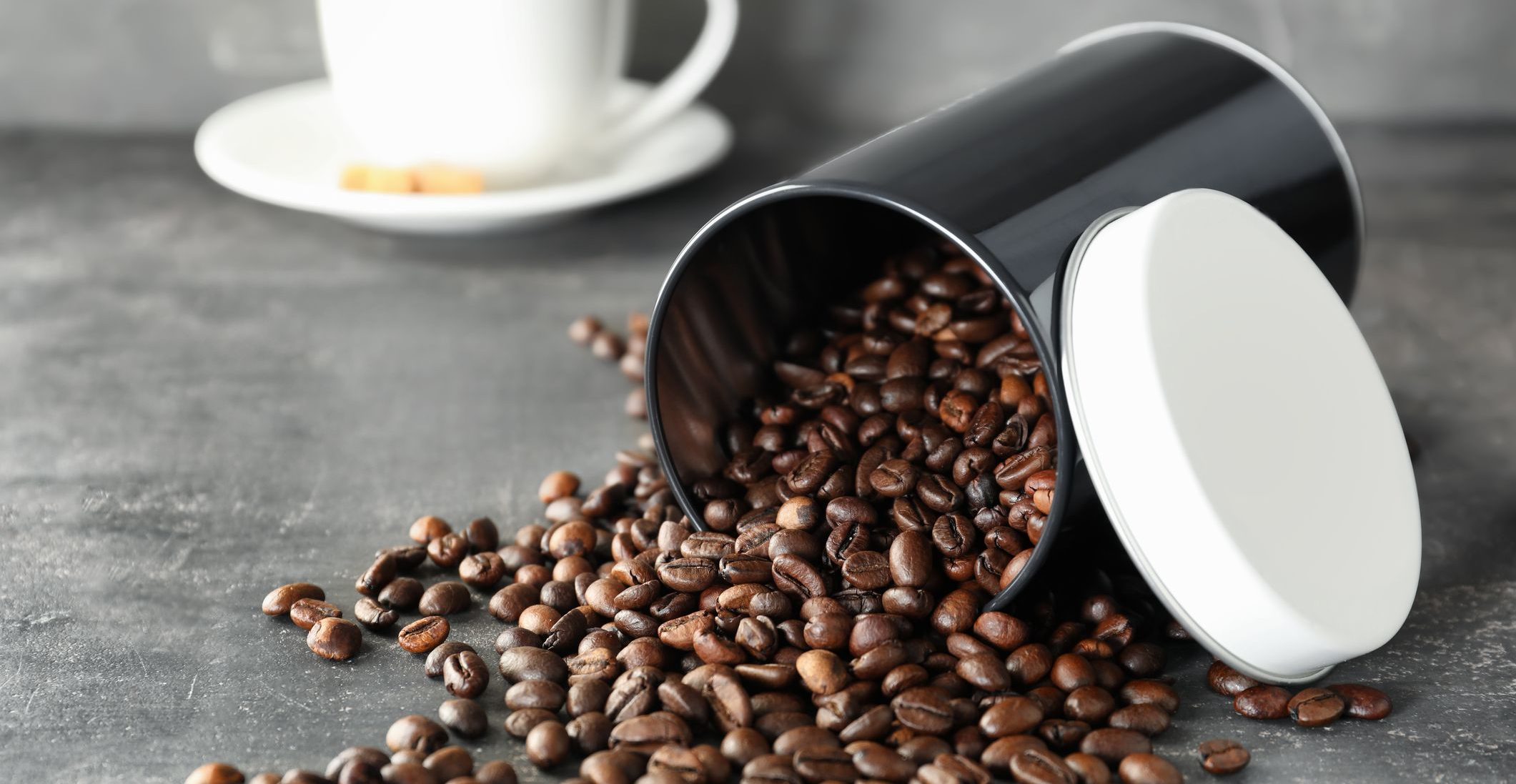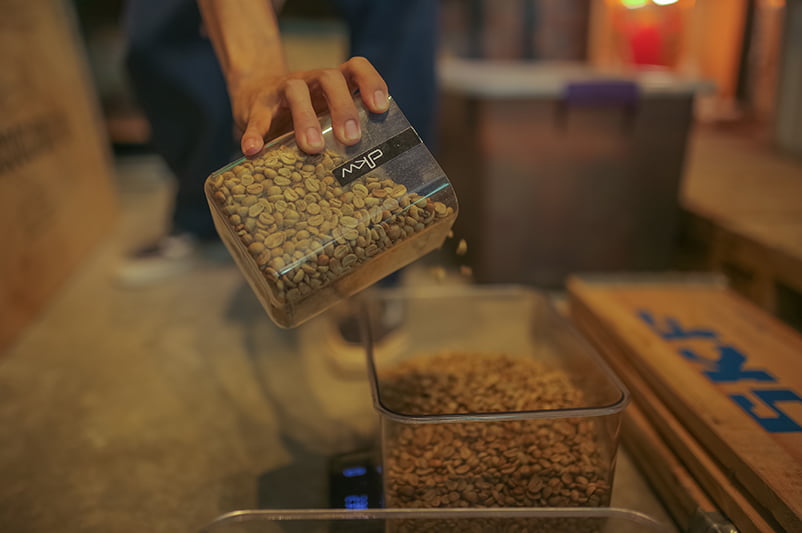
Storage Coffee Beans
Coffee bean, also known as green coffee, is unroasted coffee’s main raw. After preliminary processing packaging, green coffee is sold and delivered to roasters. The finished green coffee has a shallow moisture content, so it can be stored for a long time without getting moldy or losing its natural flavor.
However, the preservation of green coffee has many high and strict requirements, especially for Specialty coffee.

Coffee after harvest will be preliminarily processed according to one of 3 main methods (wet, dry, and semi-wet) to remove the outer skin and mucus layer depending on the requirements and implementation of each method.
The green coffee is then dried and stored in specialized bags. Depending on the primary processing unit, coffee will be classified by variety, batch, region, or initial processing conditions. Temperature, humidity to maintain freshness, resistance to mold, and damage of each type of coffee are also considered and carefully selected.
This condition, if possible, should be maintained throughout storage before roasting. However, this is very difficult and costly. Because after being sold, green coffee will be transported by many different means and methods. The environmental and temperature conditions during land transportation will not be the same as those in water and are far from the storage conditions when transporting by air. However, the coffee will be checked by the quality control department (cupping) to review the coffee bean situation at each stop.

Many units store green coffee at average or local temperature at coffee shops, only set high above the soil to limit mold. It leads to terrible coffee taste. Also, many units invest in modern facilities to preserve the most original features of the coffee beans.
Warehousing system, temperature and humidity control, and control system are selected and used according to strict regulations, which is the way to preserve coffee of some Specialty cafes.
COFFEE AFTER Roasting
Like green coffee, coffee after roasting also needs to be preserved for a specific time. After roasting, coffee needs time to reduce CO2 and limit “stress” in coffee beans. This condition makes the beans unstable, and the extraction does not give a guaranteed flavor. Typically, Specialty coffee needs to be degassed for 7-14 days, some longer, about 28 days, depending on the type of coffee and the standard of each roasting unit.
Coffee after roasting also needs to be stored under strict temperature and humidity conditions, ensuring that the quality of the beans is preserved and does not lose the typical regional flavors.

Depending on the scale of use, the coffee after roasting is preserved differently. Some establishments specializing in roasting and grinding Specialty coffee store them at cold temperatures. Some facilities freeze coffee for more extended storage. According to a study, cold coffee can preserve the flavor for 3-4 months; frozen coffee can be kept for 6-12 months, depending on storage conditions and the quality of coffee beans.
Many coffee shops in Vietnam often use roasted coffee in room conditions, even if it is not sealed, making the coffee taste disappear quickly. In addition, the use of coffee immediately after roasting is also a habit that should be limited.
Fellow atmos vacuum
Fellow Atmos Coffee Canisters will keep your roasted coffee fresher for longer by keeping it airtight. This is accomplished by removing oxygen from the Atmos Coffee Canister. Protecting your fresh coffee beans from moisture and odors while also delaying staling and ageing. You do not need to refrigerate them again.
Roasted coffee beans have a shelf life after they have been roasted. The staling process causes the beans to lose their natural fresh aromas first, followed by the sweetness and vibrancy of flavors associated with fresh beans.
The Fellow Atmos Coffee Canisters keep airtight thanks to a unique integrated pump in the lid. When you twist the lid to the left and right, it creates a vacuum. When you achieve a solid vacuum seal in the container, the vacuum light indicator turns green and pulls down. When you’re ready to remove and use your beans, simply press the airtight release button and listen to the air being drawn back into the container.
Once sealed, the silicone airtight seal prevents anything from entering the container. You can add an extra layer of UV protection by switching from a clear glass canister to a stainless steel – matte black or matte white version, which will effectively double the life of your beans by 50%.